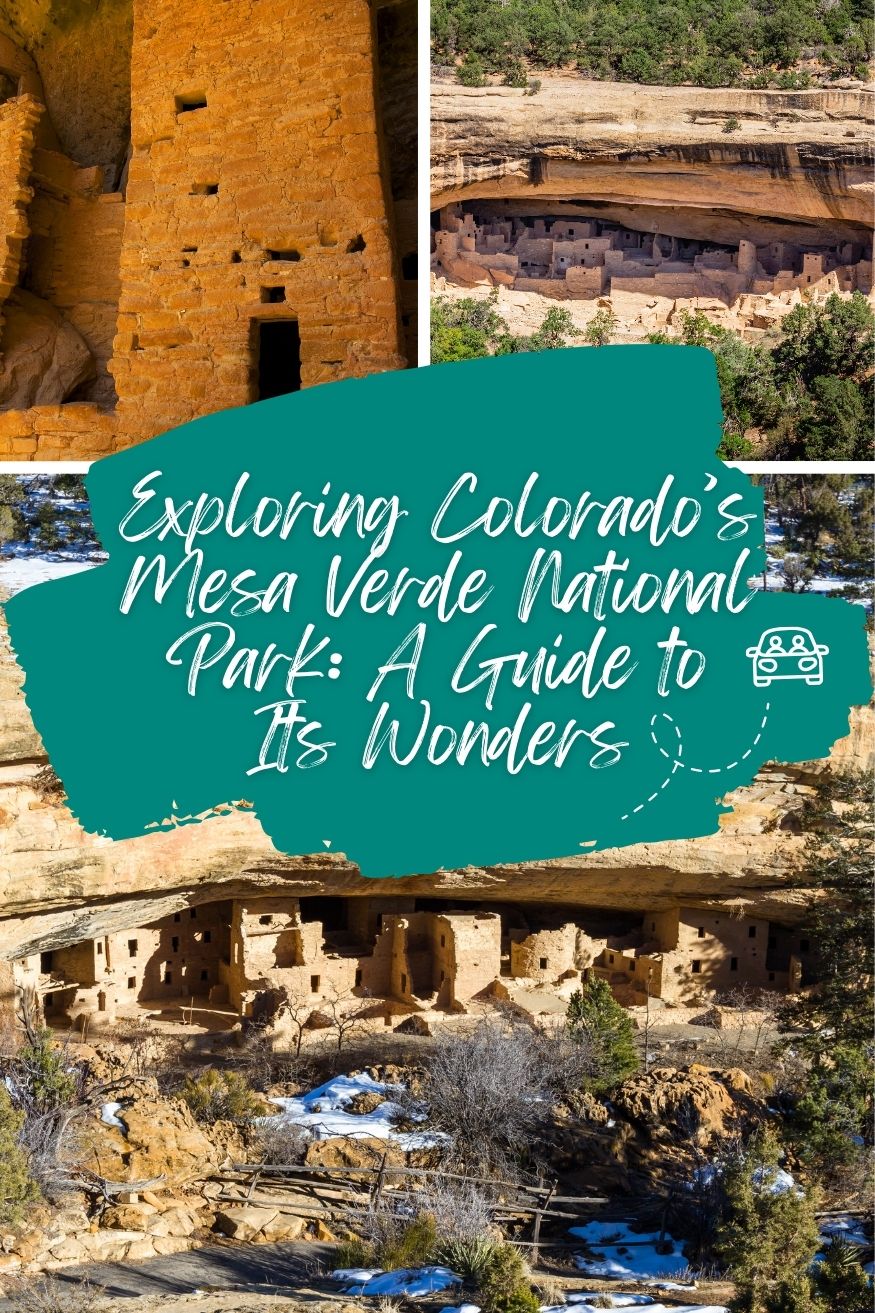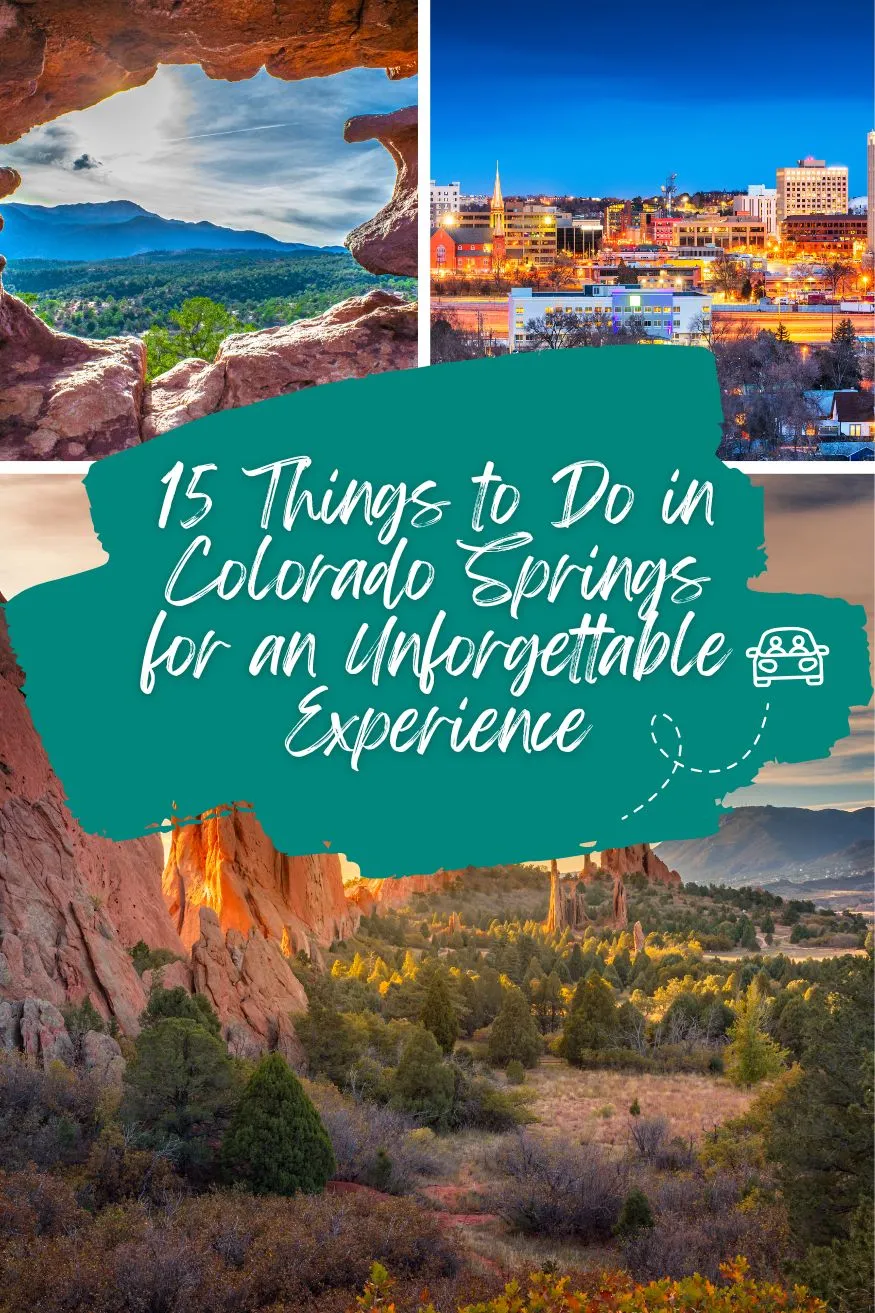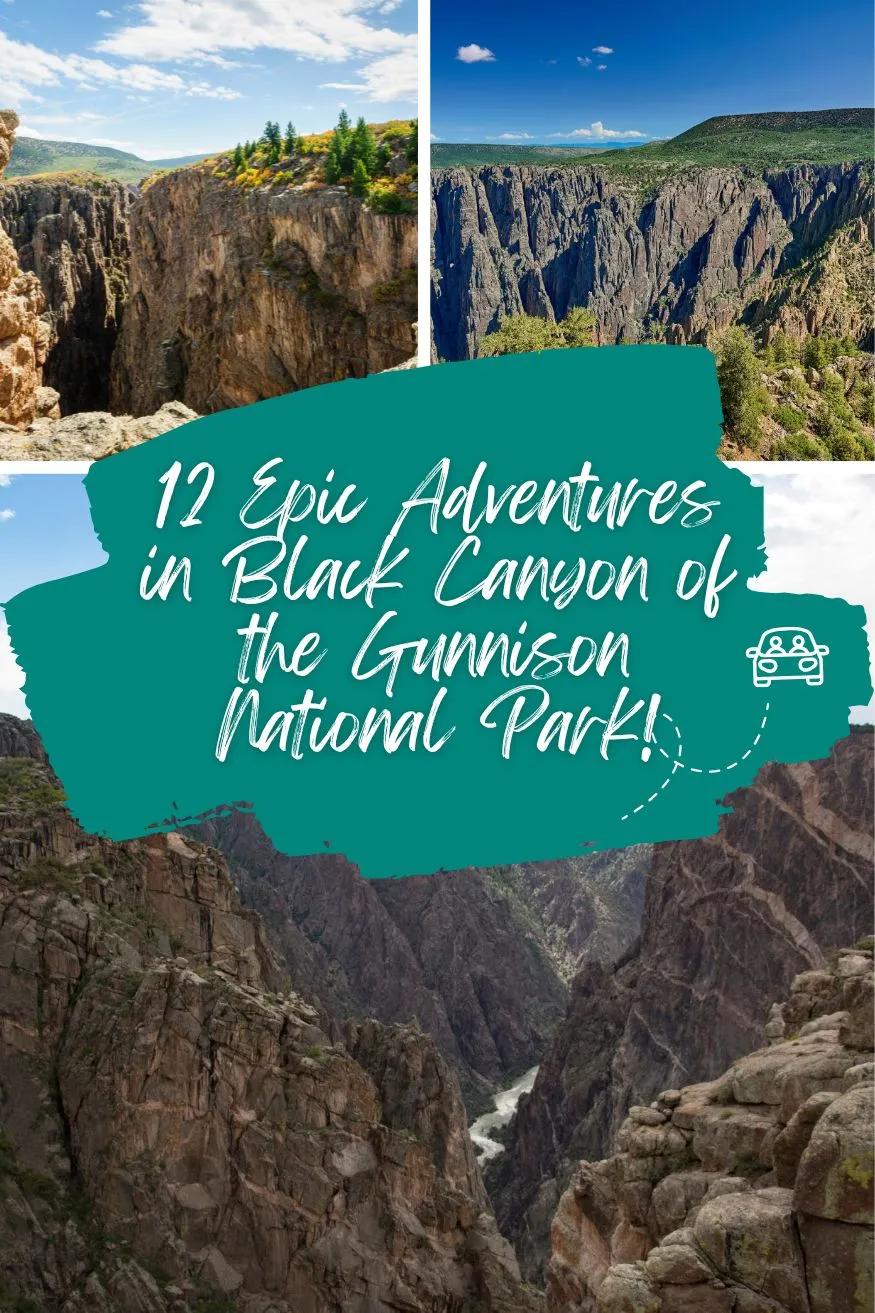Table of Contents
Discovering Colorado Mesa Verde National Park: A Journey Through Time
Tucked into the rugged landscape of southwestern Colorado, Mesa Verde National Park is more than just a stunning outdoor destination—it’s a sacred place preserving the stories of the ancestral Pueblo people who lived among the canyon walls and overhanging cliffs for centuries. Established in 1906, the park was created to protect the cultural heritage of the Ancestral Puebloans. As the first national park dedicated to preserving archaeological sites, Mesa Verde National Park offers a deeply immersive experience in history, culture, and natural beauty. The park is open year round, but certain tours and programs are only available seasonally, so be sure to check schedules when planning your visit.
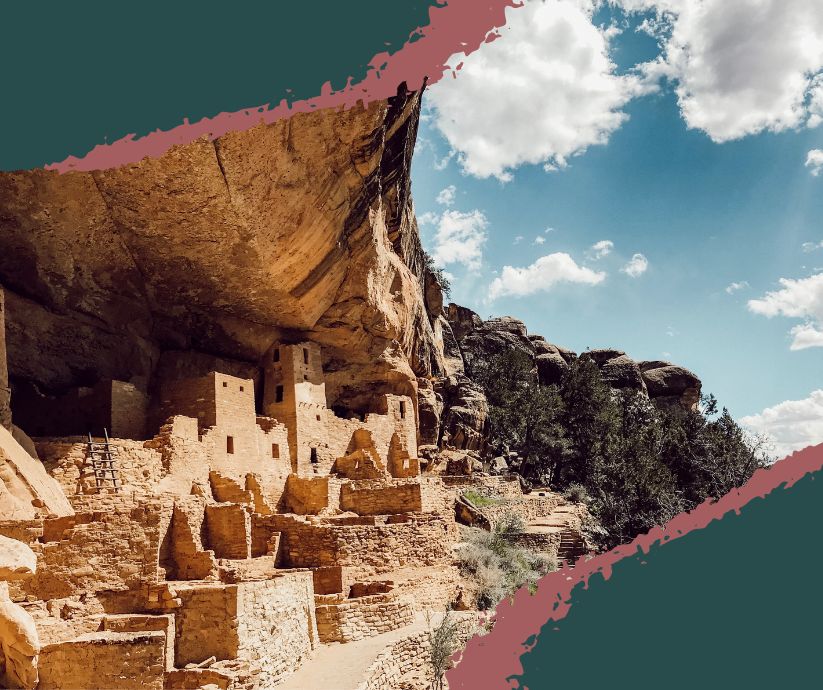
Introduction to Mesa Verde
Mesa Verde National Park, located in southwestern Colorado, is one of the most renowned national parks in the United States. Known for its exceptional archaeological relevance, the park features over 5,000 known archaeological sites, including 600 cliff dwellings. The name “Mesa Verde,” which translates to “green table” in Spanish, aptly describes the lush, flat-topped mesas that dominate the landscape. As a UNESCO World Heritage Site, Mesa Verde has been recognized for its well-preserved Puebloan cliff dwellings and mesa-top sites. The park’s unique terrain, which includes mesas, canyons, and buttes, offers a fascinating glimpse into the lives of the Ancestral Pueblo people who inhabited the area for over 700 years. Visitors to Mesa Verde National Park can explore these ancient structures and marvel at the ingenuity and resilience of the people who built them.
Why Visit Mesa Verde National Park?
Mesa Verde National Park is a designated UNESCO World Heritage Site, known for its remarkably preserved cliff dwellings and archaeological evidence of ancestral Puebloan occupation. Archeological evidence indicates changes in the population and lifestyle of the Ancestral Pueblo people, pointing to factors like prolonged droughts and social upheaval that contributed to significant migrations and depopulation of the region during the 13th century. By the end of the 13th century, the population at Mesa Verde significantly declined due to droughts and resource depletion. The park protects over 5,000 sites, including 600 cliff dwellings, pit houses, masonry towers, farming structures, and one room storage units used by the Pueblo people. With dramatic views of canyons, wild plants, and the distant Rio Grande, the park captures the spirit of the Four Corners where Colorado, Arizona, New Mexico, and Utah meet.
Visitor Center & Park Entrance
Begin your adventure at the Mesa Verde Visitor and Research Center, located near the park entrance. This is your hub for maps, permits, and essential information. Park rangers can assist in planning your day, especially if you’re interested in a ranger led tour of iconic sites like Cliff Palace, Balcony House, or Long House.

Sacred Cliff Dwellings and Ancient Villages
The heart of Mesa Verde lies in its cliff dwellings—intricately constructed homes and ceremonial spaces tucked beneath overhanging cliffs. Prolonged droughts and crop failures influenced the Ancestral Puebloans’ way of life and their architectural adaptations. These dwellings were primarily constructed between the late 1190s and late 1270s by the ancestral Puebloan people and remain among the largest cliff dwelling structures in North America.
- Cliff Palace: The largest cliff dwelling in Mesa Verde, this awe-inspiring structure features over 150 rooms and 23 kivas. The Cliff Palace is a testament to the architectural skill of the ancestral Puebloans and is accessible via a ranger guided tour.
- Balcony House: For a more adventurous experience, Balcony House requires climbing ladders and crawling through tunnels. The tour is both thrilling and educational, offering insight into daily life on the cliffs.
- Long House: Located on Wetherill Mesa, Long House is the second-largest cliff dwelling in the park and also accessible through a ranger led tour. The setting offers a more remote, peaceful feel with spectacular views.
- Spruce Tree House: Although currently closed for structural preservation, Spruce Tree House remains a visual highlight of Chapin Mesa and can be viewed from nearby overlooks.
- Square Tower House: The tallest cliff dwelling in the park, this remarkable site showcases well-preserved towers and complex room layouts. Tours here are limited but unforgettable.
- Step House: A self-guided opportunity on Wetherill Mesa, Step House features both pit houses and cliff dwellings—perfect for seeing multiple ancestral puebloan structures in one stop.
History of the Ancestral Puebloans
The Ancestral Puebloans, also known as the Anasazi, were a Native American culture that flourished in the Four Corners of the United States, encompassing present-day Colorado, Utah, Arizona, and New Mexico. Their history dates back to around 2000 BCE, with the earliest evidence of their presence found in the Mesa Verde region. The Ancestral Puebloans first arrived in the area of Mesa Verde around 550 CE. They were adept farmers, hunters, and gatherers, cultivating crops such as corn, beans, and squash, and foraging for wild plants and animals. They constructed elaborate multi-story dwellings, including the iconic cliff dwellings, often situated in inaccessible areas to provide protection from potential threats. These structures, built with remarkable architectural skill, served as homes, storage units, and ceremonial spaces. The Ancestral Puebloans were also skilled artisans, creating intricate pottery, weavings, and jewelry that reflect their rich cultural heritage. Their legacy lives on in the stunning archaeological sites preserved within Mesa Verde National Park.
Exploring Chapin Mesa and Mesa Top Loop Road
Chapin Mesa is the most developed area for visitors, featuring a museum, short hikes, and access to major sites. Park Point, a specific scenic overlook within the park, offers panoramic views of the landscape and is the highest elevation point in Mesa Verde National Park. Drive the Mesa Top Loop Road, a scenic 6-mile loop that connects many mesa top sites, including remains of pit houses, kivas, and early villages built on the mesa tops. This drive helps you trace the evolution of ancestral puebloan architecture over centuries.
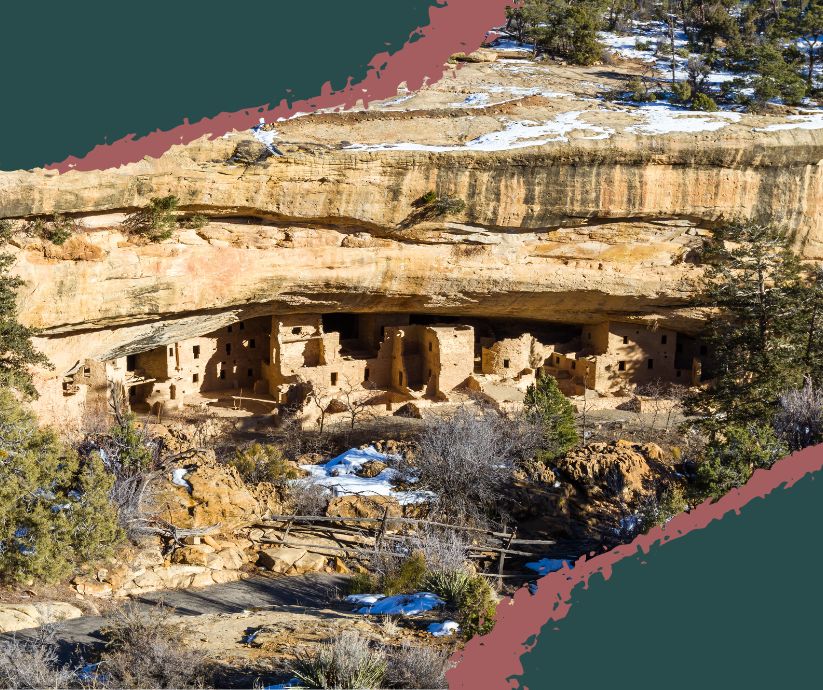
Wetherill Mesa: A Quieter Escape
Open seasonally, Wetherill Mesa offers a less crowded experience. Here, you’ll find Long House, Step House, and the Badger House Community. You can explore this area by bike or on foot, enjoying the peaceful ambiance and panoramic canyon views.
Ranger Guided Tours: A Must for Deeper Connection
To fully appreciate the spiritual and architectural significance of the park’s cliff dwellings, consider joining a ranger guided tour. Available seasonally and requiring tickets in advance, these tours include:
- Cliff Palace Tour: Learn about ancestral puebloan life and view the largest cliff dwelling up close.
- Balcony House Tour: Experience the most adventurous route with ladders and narrow passageways.
- Long House Tour: Offered on Wetherill Mesa, this extensive tour covers both architectural and natural features.
- Square Tower House Tour: A limited-access tour perfect for those interested in intricate construction.
- Tours are $8 per person.
All tours are scheduled seasonally and bookable via the National Park Service website. Be sure to check the latest availability and seasonal closures.
Where to Stay in Mesa Verde National Park
- Far View Lodge: Located within the park, the Far View Lodge offers sweeping vistas of the Four Corners. It’s the best place to stay if you want early access to mesa top sites and night skies—Mesa Verde is also an International Dark Sky Park.
- Morefield Campground: Just inside the park entrance, this family-friendly campground offers shaded sites, modern amenities, and close access to hiking trails. It’s open seasonally and perfect for families and RV travelers.
Hiking and Outdoor Activities
Mesa Verde is more than archaeological sites—it’s a natural playground. Popular hikes include:
- Petroglyph Point Trail: A 2.4-mile loop near the Chapin Mesa Museum offering stunning views and ancient petroglyphs.
- Spruce Canyon Trail: A moderate trail descending into the lush canyon below.
- Point Lookout Trail: Found near the Morefield Campground, this trail leads to a panoramic viewpoint over Montezuma Valley.

Tips for Visiting
- Sun Protection: Bring sunscreen, a hat, and plenty of water. The sun in southwest Colorado is intense.
- Altitude Awareness: You’ll be at 7,000+ feet. Hydrate and pace yourself.
- Stay on Trails: Help preserve archeological evidence and fragile sites.
- Book Tours Early: Ranger led tours fill up quickly during peak season. Consider engaging with the National Park Junior Ranger programs for more activities.
- Seasonal Changes: Parts of the park may be closed due to weather or preservation efforts. Check the National Park Service website before your visit.
- Family Adventures: If you’re planning to engage in family-friendly adventures, explore options available at Guadalupe Mountains National Park.
Getting Around the Park
Exploring Mesa Verde National Park is an adventure in itself, with various ways to experience its unique landscape and archaeological sites. The park’s main road, which ascends from 6,900 to 8,570 feet in elevation, offers a scenic drive through high-elevation switchbacks and panoramic overlooks. The Mesa Top Loop Road, a self-guided scenic drive, provides access to several key archaeological sites and breathtaking viewpoints. For those who prefer a more active exploration, the park offers numerous trails and paths for hiking and biking. Ranger-led tours are also available, offering visitors a deeper understanding of the park’s history and archaeology. The Mesa Verde Visitor and Research Center, located near the entrance, serves as the starting point for your adventure, providing essential information, maps, and permits. Whether you choose to drive, hike, or bike, Mesa Verde National Park offers a variety of ways to immerse yourself in its rich history and stunning landscapes.
Preservation Efforts in the National Park
Preserving the cultural and physical landscape of Mesa Verde National Park is a collaborative effort led by the National Park Service, in partnership with the National Park Foundation. These preservation efforts focus on protecting the cliff dwellings and mesa-top sites of the Ancestral Pueblo people, as well as the park’s unique natural resources. The park’s staff works diligently to maintain the integrity of the archaeological sites while ensuring they remain accessible to visitors. Education and outreach programs are also a key component of the park’s preservation strategy, promoting a greater understanding and appreciation of Mesa Verde’s cultural and natural heritage. Visitors can stay informed about park closures, availability, and preservation efforts through the National Park Service website. By following guidelines and participating in educational programs, visitors can help protect the park’s resources for future generations. The ongoing preservation efforts ensure that Mesa Verde National Park remains a testament to the ingenuity and resilience of the Ancestral Pueblo people.
Typical Costs at Colorado Mesa Verde National Park (2 Days / 1 Night for 2 People)
Expense Category | Budget Trip | Moderate Trip | Luxury Trip |
|---|---|---|---|
Park Entrance Fee | $30 (per vehicle) | $30 (per vehicle) | $30 (per vehicle) |
Lodging | $38 (Morefield Campground) | $100–$140 (Hotel/Airbnb) | $180–$220 (Far View Lodge) |
Meals | $30 (DIY/picnic) | $60–$80 (mixed dining) | $80–$100 (full-service) |
Tours | Free (Step House) | $16 (1 ranger-led tour) | $24 (multiple tours) |
Extras | ~$30 (gas/souvenirs) | ~$50 (gas/souvenirs) | ~$75–$100 (extras, gifts) |
Total Estimate | $130–$150 | $260–$330 | $400–$475 |
Beyond the Park: Four Corners Region Adventures
While Mesa Verde is a destination in itself, it pairs beautifully with other adventures in the Four Corners:
- Durango, Colorado: Ride the scenic Durango & Silverton Narrow Gauge Railroad.
- Canyon de Chelly (Arizona): Explore more Puebloan and Navajo heritage.
- Chaco Culture National Historical Park (New Mexico): Discover one of the most important ancient sites in the Southwest.
Support and Learn More
For ongoing preservation and educational efforts, consider donating to the National Park Foundation, which helps protect Mesa Verde and other parks nationwide.
Final Thoughts
Colorado Mesa Verde National Park is a breathtaking blend of human history and natural grandeur. Whether you’re exploring the ancient dwellings of the ancestral Pueblo people, hiking along the mesa tops, or watching the stars from your campsite, this park offers a journey through time and spirit. A visit to this sacred place is not just an adventure—it’s a connection to the past that continues to echo through the canyon walls.
Plan your visit today and experience the enduring legacy of Mesa Verde National Park.
